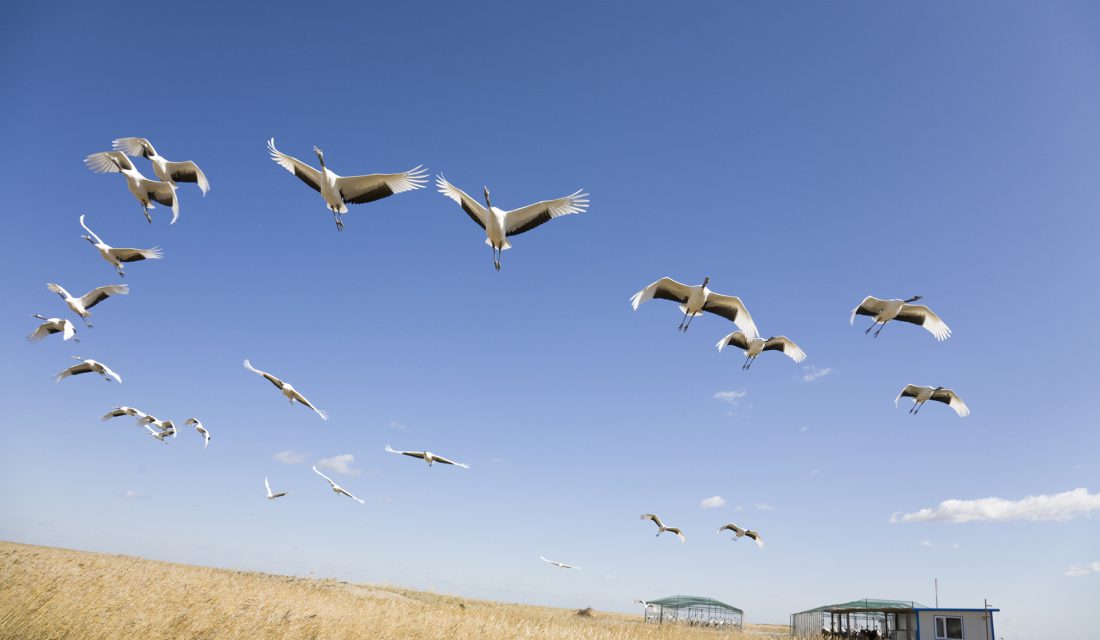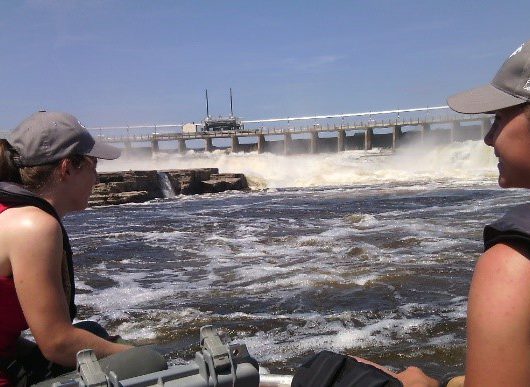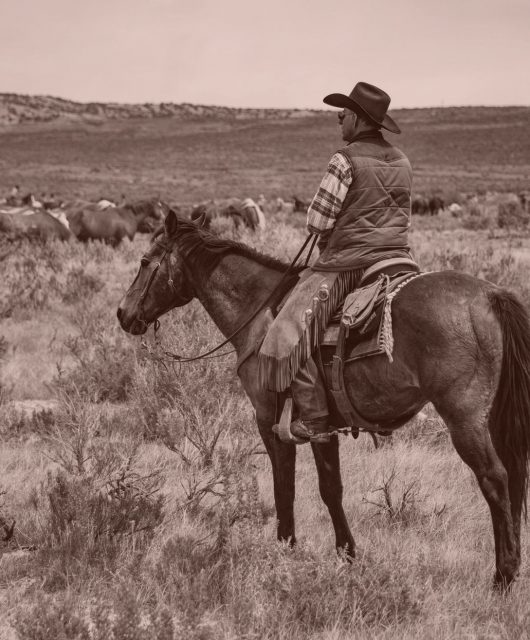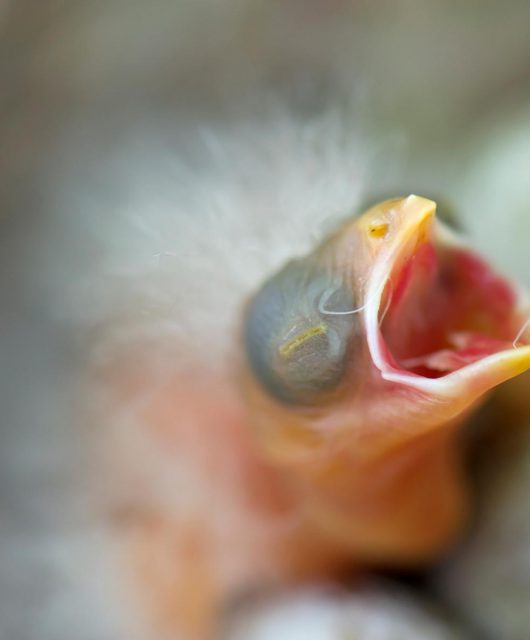In one of my favourite episodes of Star Trek (the TV series), the crew of the Starship Enterprise encounters an alien lifeform that is utterly confusing.
It’s a blob made from silica, not carbon, and unlike anything they have encountered before. Of course, someone in a red uniform shoots it with a phaser, leaving a pulsating wound. When asked to save this otherwise peaceful creature using a cement-like bandage, Bones, the ships physician, utters the immortal line “Jim, I’m a doctor, not a brick layer”. Classic.
This was probably the first time that I thought of the importance of carbon in our lives. We are made from carbon, as is all of the known living world. We wouldn’t exist without it and these days, carbon is on everyone’s mind. We’re pumping too much into our atmosphere, causing the climate to warm. A way to deal with this is to find natural solutions to store carbon where it won’t contribute to climate change. In the world of grassland conservation, natural carbon storage looms very large—silica not so much.
Almost one-third of all carbon stored in the Earth’s soils are stored under grasslands.
Grasslands are capable of storing astronomical amounts of carbon. We figure that almost one third of all carbon stored in the Earth’s soils are stored under grasslands. This is a very big deal as it highlights the enormous contribution that these native ecosystems can make to mitigate global climate change. The questions are, how do grasslands do this, how stable is it and how can we manage grasslands to store even more carbon?
We know something about this already. We know that soils under native prairie—grasslands that have never been plowed—store the most. Once that soil has been turned, much of the carbon escapes into the air, actually contributing to climate change. Keeping the prairie intact is the best way to store carbon. But we don’t know how native grassland management, how and when we graze it, affects how carbon is stored in grassland soils. This is the key. When study soil carbon, we are laser focused on how storing carbon is affected by how we manage the land.
At the Canadian Wildlife Federation, we are deeply involved in grassland carbon science. Our interest is not only in mitigating climate change, but also on how efforts to store carbon affect biodiversity. We think that there is huge potential to conserve grassland wildlife as well as store more carbon. A win-win for the environment and society.
Living Labs

We’ve recently climbed onboard with one of nine new Living Labs projects. This is a program to combat climate change sponsored by Agriculture and Agri-food Canada and undertaken by communities and researchers across Canada. As partners in the Central Grasslands Living Lab, we are focused on measuring how grassland management affects soil carbon storage. Together with prairie ranching and farming families, the University of Alberta, Saskatchewan Stock Growers Federation, Saskatchewan Forage Council, and many others, this is an amazing opportunity to move light years ahead in our understanding of conservation and climate mitigation.
The project officially launched in the spring of 2022 and is moving at warp speed. Our contribution is to be part of the Knowledge and Technology Transfer (KTT) crew, and secretly lobbying to make sure we don’t get the red uniforms. Star Trek fans will know what I’m talking about. In that role, we will be reaching out to keep you updated on grassland conservation and natural innovations for carbon storage.
It’s time to get to work. Energize Scotty!




